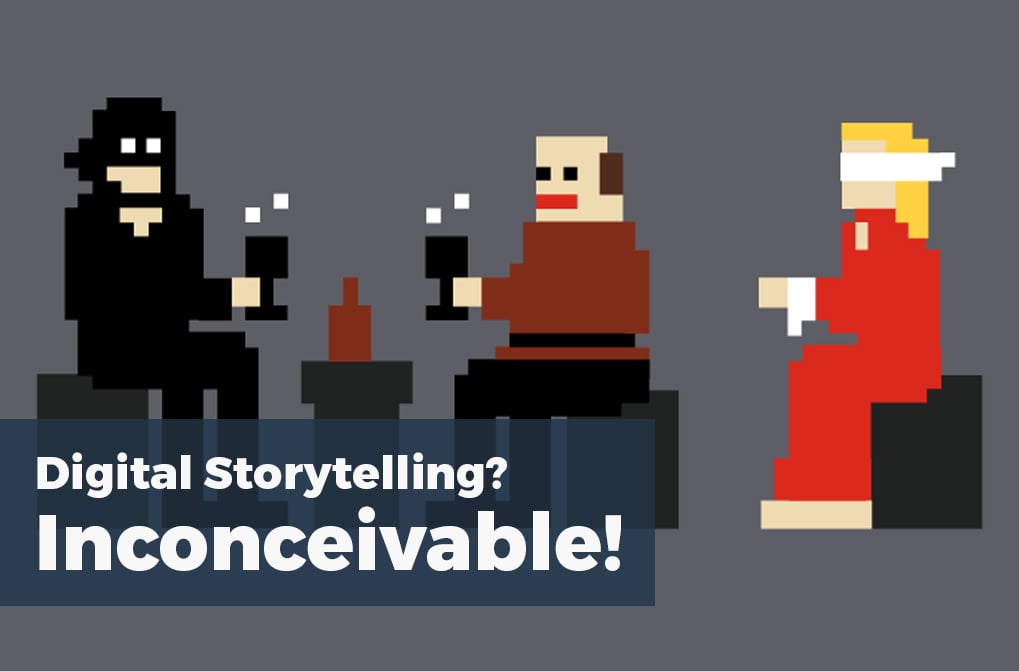When a business or organization expresses a need for more sales, the first things I look at are their current messaging—how they’re speaking to their audience, as well as the mediums they’re using to spread that message. In this post, I’ll get into the former to explain how strategic messaging engages an audience and boosts end sales. Most businesses or organizations that I work with are excellent at explaining what they do, which is, they can tell you in-depth about every product or service they offer and they can usually tell you why their offerings are better than the competition. I’ll often get details like “it lasts longer,” “works better,” “it’s nicer to look at,” and so on. These are all great points, but their downfall is that they are all logical reasons to buy something. I’m sure you’re asking yourself “But Mike, if something makes logical sense, of course it will sell, right?” Well, not exactly. There’s a saying that I love that goes: “Facts tell, stories sell.” The truth is that you can have all the logic in the world in your sales pitch, but that’s not what usually gets people to buy—especially bigger ticket items. The key ingredient that compels people to buy is emotion. I’m sure you’ve experienced this yourself, maybe you’ve compared two or more products, and even though they perform the same function similarly, you’ve chosen one not because it was the least expensive (cough, cough, NIKE SHOES, cough, Apple iPad, cough, Coach purse). I think you get the idea. So the trick is to blend a combination of logical reasoning with a dash of emotion to get people to buy your product or service. If you can do that, they will purchase from a place of want as well as a place of need, which is much more effective. If you focus solely on their needs, they’ll shop around and buy the cheapest option every time. From my experience, the best way to accomplish this blending is through a story-centric approach. This method weaves a story made up of logical and emotional reasoning, while also using your company’s personality (your brand) to tell the story in its voice. With that said, every good story needs a problem to be solved or a goal to be achieved, as well as a hero to perform the task.
The trick is to blend a combination of logical reasoning with a dash of emotion to get people to buy your product or service.
When I work with businesses, I will help them to clearly define your customer’s unique underlying problem, which is often the real motivator. Surprisingly the underlying problem can differ from what the problem appears to be on the surface. As an example, let’s say someone is looking to buy a new lawnmower. The obvious problem is that they have a lawn that needs to be cut. However, the underlying problem (or goal) may be that what they really want is to have a lawn that looks better than all of their neighbors. For the obvious problem, any lawnmower will do. For the underlying problem, they will need a lawnmower that goes above and beyond and does all the little things right so that the lawn looks amazing and people take notice. In your business story, your role will be as the guide. The guide helps the hero, your customer, to solve his/her unique underlying problem. Through strategic messaging, we will position you as an authority who can show the customer how they will become the hero by using your product or service. All of this is done in a systematic way that’s concise, easy to grasp, and within an interesting story where everyone wins. Are you ready to tell your story? Graphic Credit to Woot Shirts

Comments